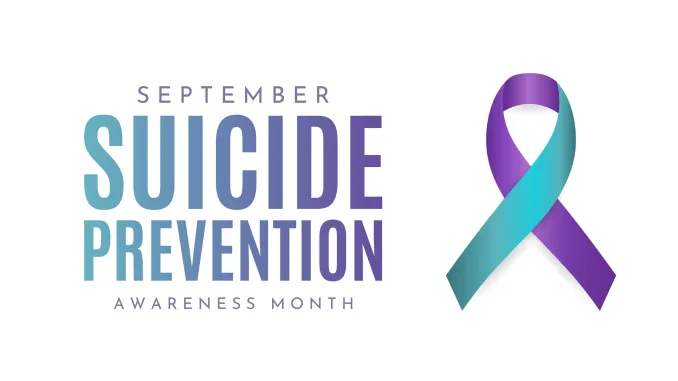The Five Stages of Grief by Elisabeth Kübler-Ross

What is grief? Grief can be described as an emotional and affective process after losing a loved one through death, a divorce, or serious illness, among other significant losses. Common grief reactions include numbness and disbelief, anxiety, intense sadness, denial, and anger.
Since grief is a common human experience, understanding its stages can be enormously helpful in coping with loss and mourning. In her groundbreaking book in 1969, Elisabeth Kübler-Ross, a Swiss-American psychiatrist, developed the five stages of grief. These stages include denial, anger, bargaining, depression, and acceptance.
Closely examining grieving individuals over the years, studies have concluded that the above stages are not necessarily linear or universal. Some tend to experience the stages differently and at different times. In this blog article, we will focus on the five stages of grieving as outlined by Kübler-Ross. Understanding the five stages of grief offers a valuable framework for comprehending the emotional journey many undergo after facing significant losses.

Stage 1: Denial
The initial stage of grief involves disbelief and shock about the news. When told about the loss of a friend or a loved one, the first reaction is instinctively denying the reality of the situation. Various phrases, including “This cannot be happening” and “Is this a dream?” among others, are common.
Denial, also known as the temporal refuge from pain, is a defense mechanism that protects individuals from being overwhelmed by the intensity of their emotions. Unfortunately, denial only offers a short buffet before the mind catches up with the weight of the loss.
Common characteristics involved in this stage include;
- Shock and disbelief – People experience trouble accepting the reality of the happenings
- Numbness – People become emotionally numb, which offers a temporal shield against pain
- Avoidance and distraction – People consciously and unconsciously avoid thinking about and confronting the loss. In some other cases, people avoid places linked to the loss.
- Physical signs – Others experienced physical signs, including vomiting, headaches, and loss of appetite.
Stage 2: Anger
The second stage of grief, as per Kübler-Ross, is anger. With the fading of denial, a sense of anger sets in. In most cases, this anger is directed toward the deceased, the medics, God, and oneself. How did he agree to die before saying goodbye? Why were the physicians slow? Where was God and why was I away in her time of need, among others, are common questions during this stage.
When undergoing grief, it is important to note that anger is a natural response to feeling powerless. People tend to express anger in many ways, including frustrations, irritability, outbursts, and resentment. However, always note that anger is a crucial part of the healing process, which gives an individual a chance to release pent-up emotions.
Stage 3: Bargaining
During the bargaining stage, grieving individuals regain control over their situation. In most cases, they are trying to negotiate their way out of the pain related to the loss. The bargaining stage manifests in various characteristics, including;
- Seeking Solutions – Grieving individuals engage in monologues, including “what if?” scenarios. In this case, they try to imagine alternatives that could have prevented the loss. They may ask, “What if we took my brother to hospital on time? ….probably things could have been different.”
- Making promises – In this stage, grieving individuals make promises to the higher power pleading him to reverse the loss. In most cases, these promises are unrealistic and sometimes involve offering something to God to reverse the loss. For example, “God, if you let them live, I will live for you.” However, since most of these promises are futile, it leads to the next stage.
- The feeling of Guilt- Guilt is the most common feeling in the bargaining stage. In this stage, grieving individuals feel guilty about their perceived mistakes or for not doing more to prevent the loss. For example, “If I came on time, she could have survived.”
- Regrets
- Temporal Relief- When trying to negotiate with God or a higher power, the grieving individual may enjoy a momentary sense of hope and control.
- Frustration and Confusion
- Social Withdrawal – Sometimes, people isolate themselves as they work through their feelings.
Stage 4: Depression
A deep sense of emptiness and sadness may set in if an individual successfully undergoes the bargaining stage and the reality of loss settles in. It is important to differentiate between depression as a stage of grieving and clinical depression. For depression linked to grieving; it is a natural part of loss and usually reduces over time. On the other hand, clinical depression requires professional intervention.
While some people never undergo this stage, many do. The stage is marked with profound sadness, powerlessness, and hopelessness. During the depression stage of grieving, grieving individuals require social support from friends and family. Therapy also comes in handy.

Stage 5: Acceptance
The last stage of grieving is acceptance. It is worth noting that this stage does not necessarily mean that the sadness and pain linked to the loss have finally disappeared. On the other hand, acceptance involves coming to terms with the loss of reality.
Even though many experience a sense of peace and resolution, acceptance is not always synonymous with happiness. However, it signifies the start of a new chapter of life where pain linked to the loss is integrated into the individual’s personal history.
Conclusion
In summary, it is worth noting that the above stages are not rigid or sequential. Grieving is a highly individualized process where some move back and forth between the stages while others skip some. In addition, others spend much time on one stage. So, when dealing with a grieving individual, always be patient.






